There are many types of sailing boats, all differentiated by three distinctive categories. These categories are:
- The type of Hull -The hull is the main part of a sailboat, which is usually made of fiberglass, metal, or wood. Hull type describes the number of hulls
-
- Monohull – one hull
- Catamaran – two hulls
- Trimaran – three hulls
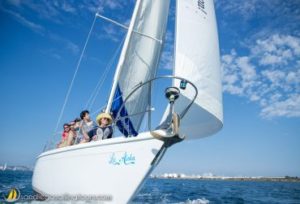
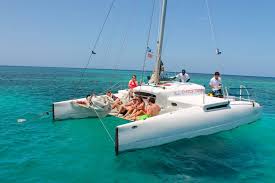
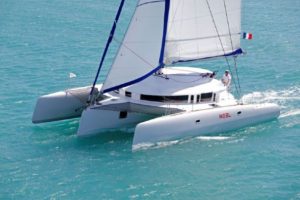
2. The type of Keel: All sailboats have one or more lateral surfaces, known as keels. The primary purpose of a sailboat keel is to counter the sideways force of the wind and generate forward motion by creating lift. A secondary purpose of most types of keel is to provide ballast; the more ballast, the more stable and heavy the boat is.
Full-length keel Often found on traditional sailboats, the full-length keel uses length rather than depth to provide adequate lift and ballast for the hull
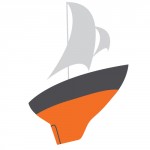
Fin keel
A fin keel is separate from the rudder and generally deeper and shorter in length in relation to the overall length of the hull.
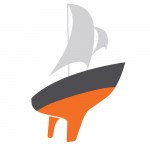 Wing or bulb keel
Wing or bulb keel
Adding two wings or a single bulb to the very bottom of a keel allows designers to improve righting moment without adding too much weight. The wings poke out sideways from the main keel at its tip. Although winged keels are generally found on high-performance sailboats, they can also help reduce the draft on cruising boats, which improves access to shallow or shoal water. The aim of a bulb keel is to set the ballast as low as possible, to help gain the maximum possible amount of leverage, without increasing keel depth (which is called “draft”) too much.
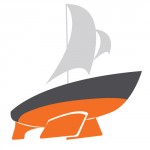
Bilge keel
Sailboats with bilge keels are able to stand upright on sand or mud at low tide. They are very common in areas with large tidal ranges. Bilge keels are not as effective as central keels in reducing sideways slippage (also known as “leeway”).
Centerboard or Daggerboard
Centerboards and daggerboards are able to be raised and lowered by the crew. When raised, they reduce both draft and wetted surface. When lowered, they provide many of the same benefits as a keel, though in smaller boats they are often unballasted. A centerboard is attached to the boat by a pin that creates a pivot point for lifting. A daggerboard drops into a slot through the boat. They are common on sailing dinghies, as well as on high-performance catamarans and trimarans.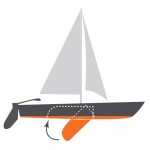
3. Mast Configuration and types of Sails: Mast configurations and sail combinations are another way of categorizing sailboats. These are just a few of the most common types.
Sloop
The most common type of sailboat is a sloop. A sloop has one mast and two sails, a mainsail, and a headsail. The headsail is hoisted to the top of the mast on the forestay, a supporting cable that runs from the top of the mast to the bow of the sailboat.
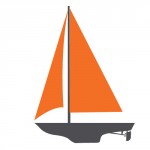
Fractional Rig Sloop
The forestay on a fractional rig sloop doesn’t reach the top of the mast; it connects at a lower point. There are performance advantages to this setup since a fractional rig allows the crew to bend the top of the mast and flatten the sails on a windy day when full power is not needed.
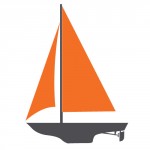
Cutter: A cutter also has a single mast and mainsail, but the mast is farther aft to allow room for two headsails from two forestays. The headstay carries the jib and the inner stay carries the staysail. This is often a favorite rig for cruising sailing boats because it offers an easily managed range of sail combinations for different wind strengths.
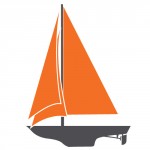
Ketch: A ketch has a second, shorter mast behind the mainmast, but forward of the rudder post. The second mast is called the mizzen mast.
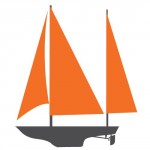
Schooner: A schooner’s aft mast is taller than its forward mast. Schooners may have up to six masts, though most only have two.
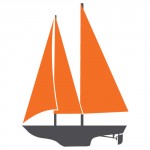

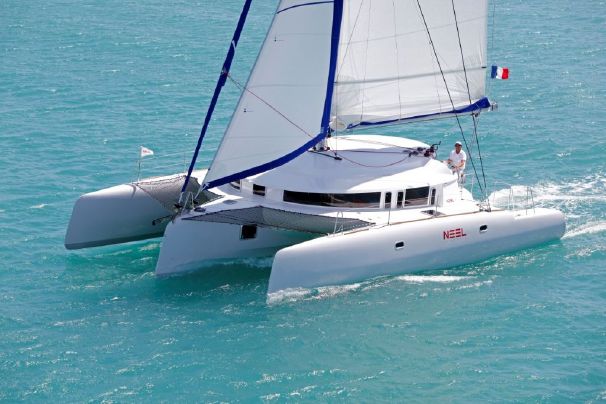
Recent Comments